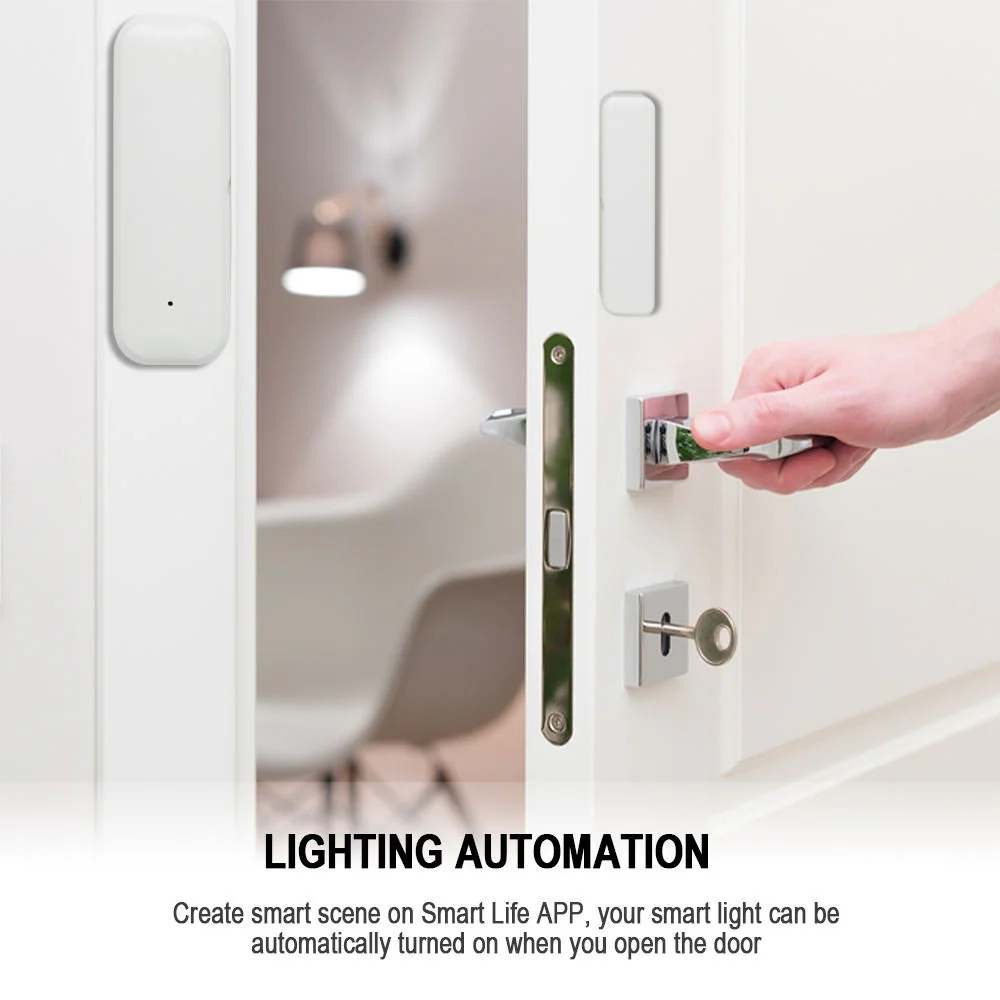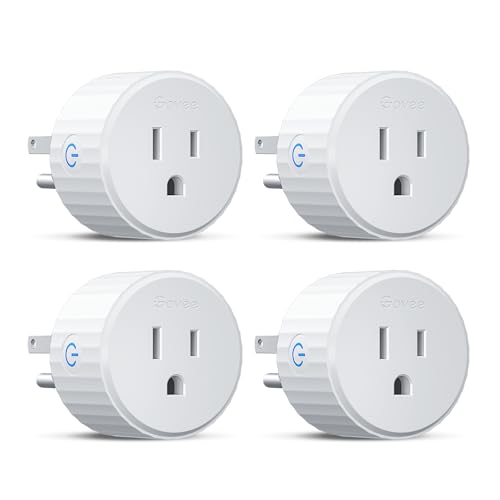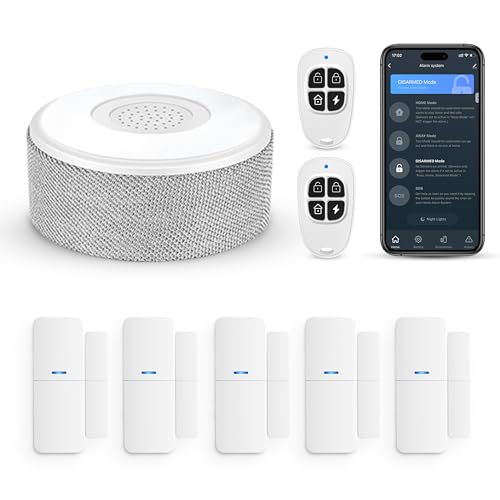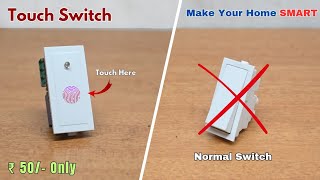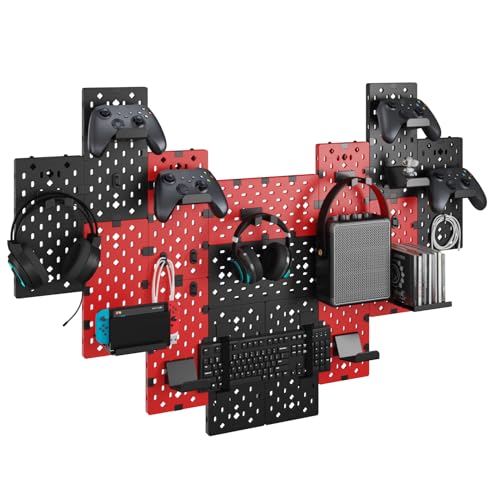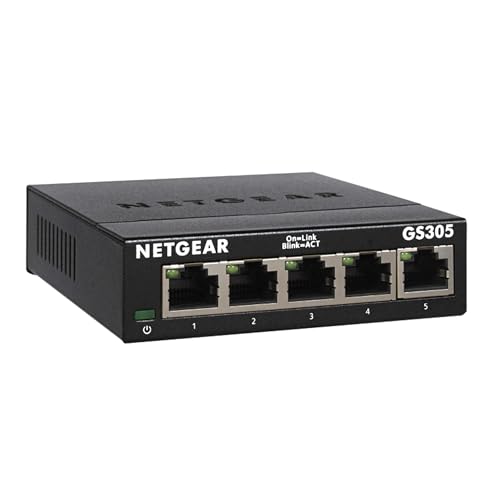Have you ever wished you could keep a closer eye on your windows without spending a fortune? Making smart window sensors yourself is easier than you think, and it puts control right in your hands.
Imagine getting instant alerts whenever a window opens or closes, boosting your home’s security and peace of mind. In this guide, you’ll discover simple steps to build your own smart sensors using affordable parts. Ready to transform your home into a safer, smarter space?
Let’s dive in and make it happen together.
Choosing The Right Sensors
Smart window sensors help protect your home by detecting when a window opens or closes. Choosing the right sensor is important for good security and easy use.
There are many types of sensors with different features. You should also check if the sensor works with your smart home system and how it gets power.
Types Of Window Sensors
Window sensors mainly use magnetic or contact methods to detect changes. Some sensors use motion or vibration to sense window activity.
- Magnetic sensors: Use magnets and switches to detect open or closed windows.
- Contact sensors: Detect if two parts are separated, showing the window opened.
- Motion sensors: Sense movement near the window, useful for extra security.
- Vibration sensors: Detect shaking or glass breaking for alerting possible break-ins.
Sensor Compatibility
Check if the sensor works with your smart home system. Some sensors only work with specific hubs or apps.
Make sure the sensor can connect to your Wi-Fi, Zigbee, Z-Wave, or Bluetooth system. Compatibility ensures easy setup and control.
- Wi-Fi sensors connect directly to your home network.
- Zigbee and Z-Wave sensors need a compatible hub.
- Bluetooth sensors work within short ranges.
- Check if your smartphone app supports the sensor.
Power Sources
Window sensors need power to work. Some use batteries, and others plug into your home power.
Battery-powered sensors are easy to place but need battery changes. Wired sensors need no batteries but must be near power.
- Battery power: Portable but needs regular battery checks.
- Wired power: Constant power but less flexible placement.
- Some sensors have rechargeable batteries.
- Choose power type based on sensor location and convenience.

Credit: www.amazon.com.au
Gathering Materials And Tools
Making smart window sensors starts with collecting the right materials and tools. You need parts that fit well and tools that work safely.
Organize your workspace before starting. This helps you build the sensor without trouble or delays.
Essential Components
Essential components form the core of your smart window sensor. Each part has a clear job to detect window status accurately.
- Reed switch or magnetic sensor
- Microcontroller (like Arduino or ESP8266)
- Battery or power source
- Resistors and wires
- Enclosure box to hold parts
Optional Accessories
Optional accessories add features or improve your sensor’s look and function. They are not required but can help.
- LED indicator lights
- Wi-Fi or Bluetooth modules
- Mounting brackets or adhesive pads
- Protective covers or weatherproof seals
- Sound alarms or buzzers
Safety Gear
Wear safety gear to protect yourself while building the sensor. Some parts and tools can cause injury.
- Safety goggles to protect your eyes
- Gloves to avoid cuts or burns
- Anti-static wrist strap to protect electronics
- Well-ventilated workspace to avoid fumes
- Proper clothing to avoid loose fabric near tools
Step-by-step Assembly
Making smart window sensors can help improve home security. This guide shows how to assemble these sensors step-by-step.
Follow these clear instructions to build your own sensor from parts and test it to ensure it works well.
Preparing The Sensor Housing
Start by selecting a durable housing to protect the sensor parts. The housing should fit the sensor and magnet tightly.
Clean the housing to remove dust and dirt. This helps the sensor last longer and work properly.
- Choose plastic or metal housing
- Check size for sensor and magnet
- Clean inside with a dry cloth
- Make holes for wires if needed
Wiring The Components
Connect the reed switch sensor to the circuit using thin wires. Use soldering for strong and secure connections.
Make sure to connect the power supply and output wires correctly for the sensor to send signals.
- Solder wires to reed switch terminals
- Attach wires to battery or power source
- Connect output wires to alarm or controller
- Use electrical tape to cover exposed wires
Testing Sensor Functionality
After assembly, test the sensor to check if it detects window opening and closing. Use a multimeter or alarm system.
Move the magnet close and away from the sensor. The sensor should change its state and trigger an alert or signal.
- Power the sensor circuit
- Bring magnet near the reed switch
- Check for signal or alarm activation
- Repeat several times to confirm
Connecting To A Smart Hub
Smart window sensors help protect your home by detecting when windows open or close. To use these sensors well, connect them to a smart hub. The smart hub acts as the brain, managing your sensors and sending alerts.
This guide explains how to pick the right smart hub, pair your sensors, and set up alerts for your smart window sensors.
Choosing A Smart Hub
Choose a smart hub that works with your window sensors. Check if the hub supports the sensor’s technology like Zigbee or Z-Wave. Also, consider if it connects to your phone easily.
Think about the hub’s range and how many devices it can handle. A good hub keeps all your sensors working smoothly.
- Supports sensor technology (Zigbee, Z-Wave, Wi-Fi)
- Easy phone app connection
- Strong signal range
- Can manage many devices
Pairing Sensors
To pair your window sensors, first put the smart hub in pairing mode. This lets the hub find new devices nearby. Follow the sensor’s instructions to start pairing.
Once the sensor and hub connect, the hub will confirm the pairing. Repeat this for each sensor you want to add.
- Activate pairing mode on the smart hub
- Turn on or reset the sensor to enter pairing mode
- Wait for the hub to detect the sensor
- Confirm the connection on the hub’s app
Configuring Alerts
Set up alerts to know when a window opens or closes. Use the hub’s app to choose how you want to get notifications. You can get alerts on your phone or by email.
You can also set alert rules. For example, get alerts only during certain hours or if a sensor detects a window opening unexpectedly.
- Open the smart hub app
- Select alert settings for window sensors
- Choose notification types (push, email, sound)
- Set rules for when alerts are active
Installing Sensors On Windows
Smart window sensors help protect your home by detecting when windows open. Installing them correctly is important for good security.
This guide explains how to place and secure sensors on windows. It also covers ways to avoid false alarms.
Placement Tips
Place sensors where they can detect window movement easily. The sensor and magnet must be close to each other.
Install sensors near the top corner or side of the window frame. Avoid placing them where curtains block the signal.
- Keep sensor and magnet less than half an inch apart
- Choose a spot that stays clean and dry
- Place sensors out of reach to avoid accidental damage
Securing Sensors
Use strong adhesive or screws to fix sensors firmly on windows. Loose sensors might not work correctly.
Check that the sensor is stable and does not move when the window opens or closes. This keeps detection accurate.
- Clean the surface before applying adhesive
- Use mounting screws if provided for extra security
- Test the sensor by opening and closing the window
Avoiding False Alarms
False alarms happen when sensors detect motion by mistake. Avoid placing sensors near fans or vents.
Keep sensors away from metal objects that can block signals. Adjust sensor sensitivity if your system allows it.
- Do not place sensors where pets can trigger them
- Make sure magnets align properly with sensors
- Regularly clean sensors to prevent dust buildup

Credit: tuya-smarthome.co.za
Maintenance And Troubleshooting
Smart window sensors help protect your home by detecting when windows open or close. To keep them working well, you need to maintain and fix them if problems occur.
This guide explains how to check your sensors regularly, replace batteries, and solve common issues.
Regular Checks
Check your smart window sensors often to make sure they work. Look for dirt, damage, or loose parts on the sensor and the window frame.
Test the sensors by opening and closing the windows. Your security system should show the change immediately.
- Clean the sensor and window frame with a soft cloth
- Check for cracks or broken parts
- Make sure the sensor is firmly attached
- Test the sensor response after cleaning
Replacing Batteries
Smart window sensors often use batteries. Replace batteries when the sensor alerts low power or stops working properly.
Use the right battery type and follow the sensor’s instructions to avoid damage. Remove old batteries safely and insert new ones correctly.
- Open the sensor cover carefully
- Remove old batteries and recycle them
- Insert new batteries with correct polarity
- Close the cover tightly
- Test the sensor after replacing batteries
Common Issues And Fixes
Sometimes sensors do not work well. Common problems include no alerts, false alarms, or poor connection to the system.
Check these fixes to solve common sensor problems quickly.
- No alerts:Check battery and sensor position. Make sure the sensor is not blocked.
- False alarms:Clean sensors and check for loose parts. Avoid placing sensors near magnets or metal objects.
- Poor connection:Move the sensor closer to the hub or remove obstacles between them.
- Sensor not responding:Reset the sensor according to the user manual and test again.
Enhancing Security Features
Smart window sensors improve home security by detecting open or broken windows. They alert you instantly to potential threats.
Adding extra features makes these sensors even more useful and reliable in protecting your home.
Integrating With Other Devices
Smart window sensors work best when linked to other security devices. This creates a stronger security system for your home.
You can connect sensors to alarms, cameras, and smart lights. This helps react faster to any window breach.
- Trigger alarms when a window opens unexpectedly
- Start cameras to record suspicious activity
- Turn on lights to scare away intruders
- Send alerts to your phone or other devices
Customizing Notifications
You can set smart sensors to send different alerts. Choose how and when you get notified about window events.
Notifications can be simple or detailed. They can help you respond quickly to security issues.
- Instant push notifications on your smartphone
- Text messages for urgent alerts
- Emails with detailed information
- Custom alerts for different windows or times
Adding Backup Power
Backup power keeps sensors working during power outages. This prevents security gaps in your system.
Use batteries or small generators to ensure sensors stay active. This keeps your home protected all the time.
- Install rechargeable batteries inside the sensor
- Use UPS (uninterruptible power supplies) for main devices
- Test backup power regularly to ensure it works
- Choose low-power sensors to extend battery life
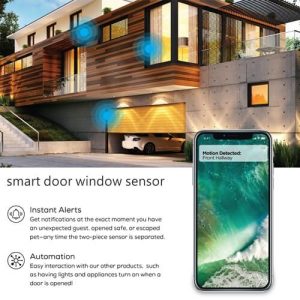
Credit: www.sumring.com
Frequently Asked Questions
What Materials Are Needed For Smart Window Sensors?
To make smart window sensors, you’ll need magnets, reed switches, a microcontroller, wires, and adhesive mounts. These parts detect window openings and send alerts. Using quality components ensures reliability and accuracy. This setup supports home security and automation systems effectively.
How Do Smart Window Sensors Work?
Smart window sensors use magnets and reed switches to detect window status. When the window opens, the magnetic field changes, triggering the switch. The sensor then sends a signal to your smart home system, enabling alerts or automation actions for improved security and convenience.
Can I Integrate Smart Window Sensors With Home Automation?
Yes, smart window sensors can connect to home automation platforms like Alexa or Google Home. Integration allows automated responses such as turning on lights or sending notifications. This enhances security and energy efficiency by monitoring window status remotely and controlling related devices.
How To Install Smart Window Sensors Properly?
Install sensors by placing the reed switch on the window frame and the magnet on the moving part. Ensure both align closely when the window is closed. Secure with adhesive or screws. Test the sensor to confirm it triggers alerts when the window opens.
Conclusion
Building smart window sensors is simpler than it seems. Start with basic materials and follow each step carefully. These sensors enhance home security and energy efficiency. They help monitor windows remotely and alert you of any breaches. Plus, they’re easy to integrate with smart home systems.
DIY projects like this one save money and boost your tech skills. You gain more control over your environment. So, gather your tools and start creating. Enjoy the benefits of a smarter, safer home. Remember, patience and precision lead to success.
Happy building!
21 min read

